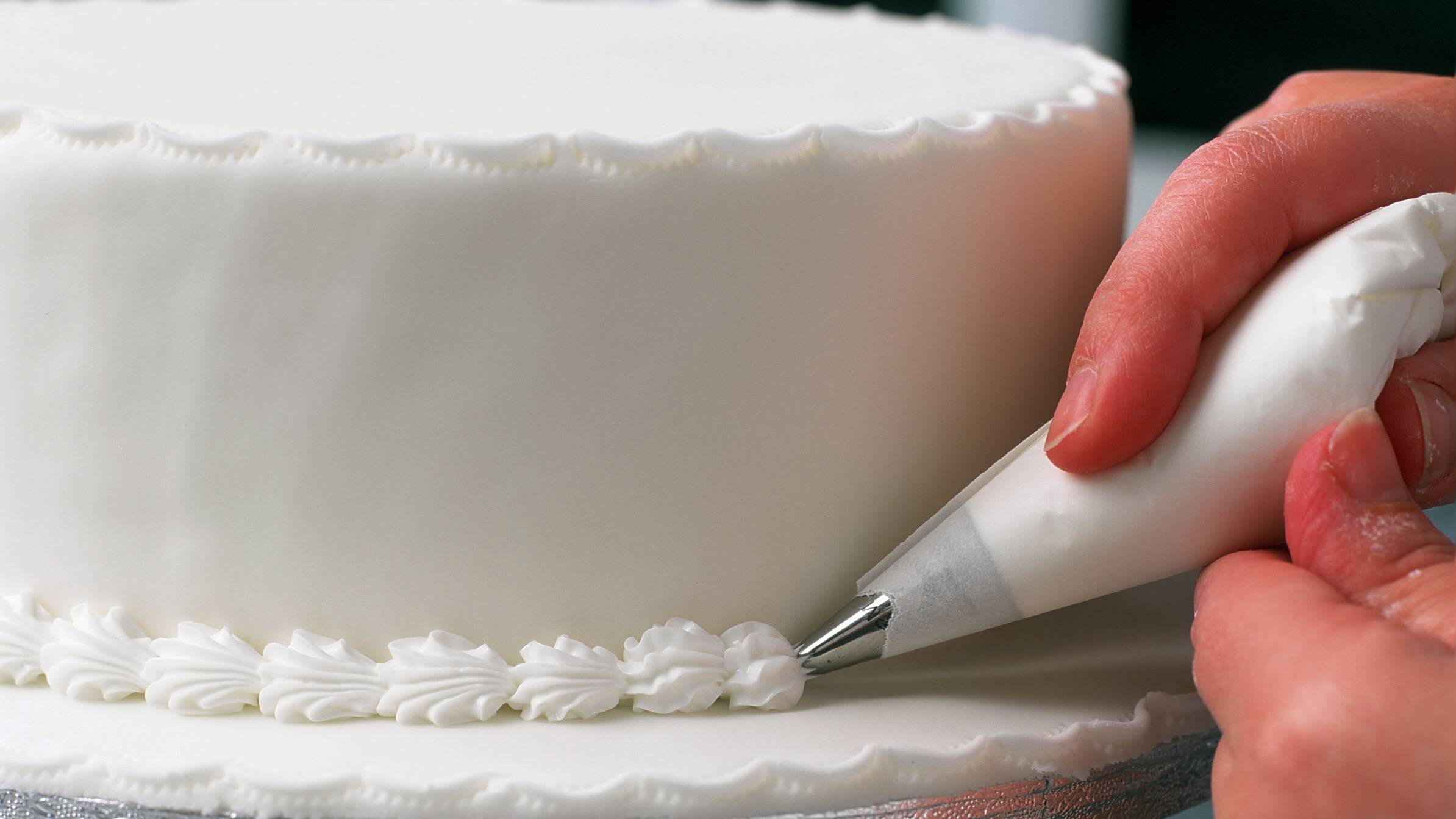The Ultimate Guide to Choosing the Perfect Ceramic Sauce Pan
Whether frying eggs, sauteing vegetables or cooking a one-pot meal for the entire family, the right saucepan will make all the difference. Look for pans with sturdy handles and lids that are easy to grip.
Consider the cookware material, especially if your restaurant uses induction stoves. Some materials, like pure copper and stainless steel, are induction-compatible, while others require careful handling to avoid thermal shock.
Size
A ceramic saucepan is a staple in many kitchens. They’re lightweight, versatile, and can cook many recipes. Unlike some other types of cookware, they’re also dishwasher-safe.
Ceramic sauce pans tend to have straighter sides and a long handle. They’re a great choice for boiling small servings of grains and vegetables. Larger saucepans may also be useful for cooking soups or stews.
Opt for a wide base and lower sides for saucier-style sauces to encourage quicker evaporation. A saucier is best for delicate custards and sauces that require constant stirring to prevent burning.
Material
Ceramic nonstick cookware is typically made with a base of durable metal and coated in a layer of glazed, kiln-baked clay. This creates a naturally nonstick, non-toxic cooking surface that can handle high heat without damaging the coating.
Ceramic cookware also doesn’t react to acidic foods like tomatoes, garlic and lemon, so that it can be used with most sauces. But, it’s important to use low or medium heat as high temperatures can cause the coating to break down and burn.
Additionally, ceramic pans are notorious for warping when exposed to drastic temperature changes (like going from hot to cold). Always let your pan cool down completely before washing to avoid thermal shock. You can also use a kitchen scale to test for any warping by measuring the thickness of the bottom and sides of your pan.
Style
With a naturally slick surface, ceramic cookware lets you easily whip up sauces, gravies, and soups. The tall sides on these pans help promote reduction, which thickens the liquid ingredients and adds richness and flavor.
Ceramic cookware is also durable and can achieve a nice sear on protein. It’s also much healthier and environmentally friendly than traditional nonstick cookware containing toxic chemicals like PFOA and PTFE.
To maintain the life of your ceramic coating, avoiding extreme heat changes when using your saucepan is best. For example, bringing cold water to a piping hot pan can damage the coating and cause it to warp. Hand washing is the ideal way to care for your pans and extend their lifespan. Also, never use metal utensils on ceramic cookware because it will scratch the surface and damage its ability to prevent sticking.
Heat Distribution
A good quality ceramic pot or pan will distribute heat evenly and cook food at a consistent temperature. This allows for creating a delicious, stress-free meal ready when you are.
The nonstick coating of a ceramic pan is made from naturally slick materials so that you don’t have to use extra oil or butter to prevent sticking. This can help you create healthy recipes that are low in calories and fat.
However, like all cookware, ceramic pans can lose their nonstick properties if exposed to high temperatures, cooking sprays, or rough cleaning brushes. This can lead to stains or food sticking, so following suggested care instructions is important for the best results. This will also ensure that your ceramic cookware lasts longer.
Safety
Ceramic-coated cookware (pure or hybrid) is safe to use and non-toxic. It can also withstand high heat without releasing toxic fumes that can leach into food like traditional Teflon-coated nonstick cookware (which, even when used under low heat, has been linked to cancer).
Use a mild dishwashing detergent and a non-abrasive sponge or nylon scrubber for best results with your ceramic cookware. Avoid metal utensils, which can create scratches that damage the coating and affect its ability to release foods.
To preserve the durability of your ceramic pan, it’s important to allow it to cool completely before rinsing and to store it correctly to prevent warping or scratching. Hanging or placing it on a rack that doesn’t touch other pots and pans is ideal.



